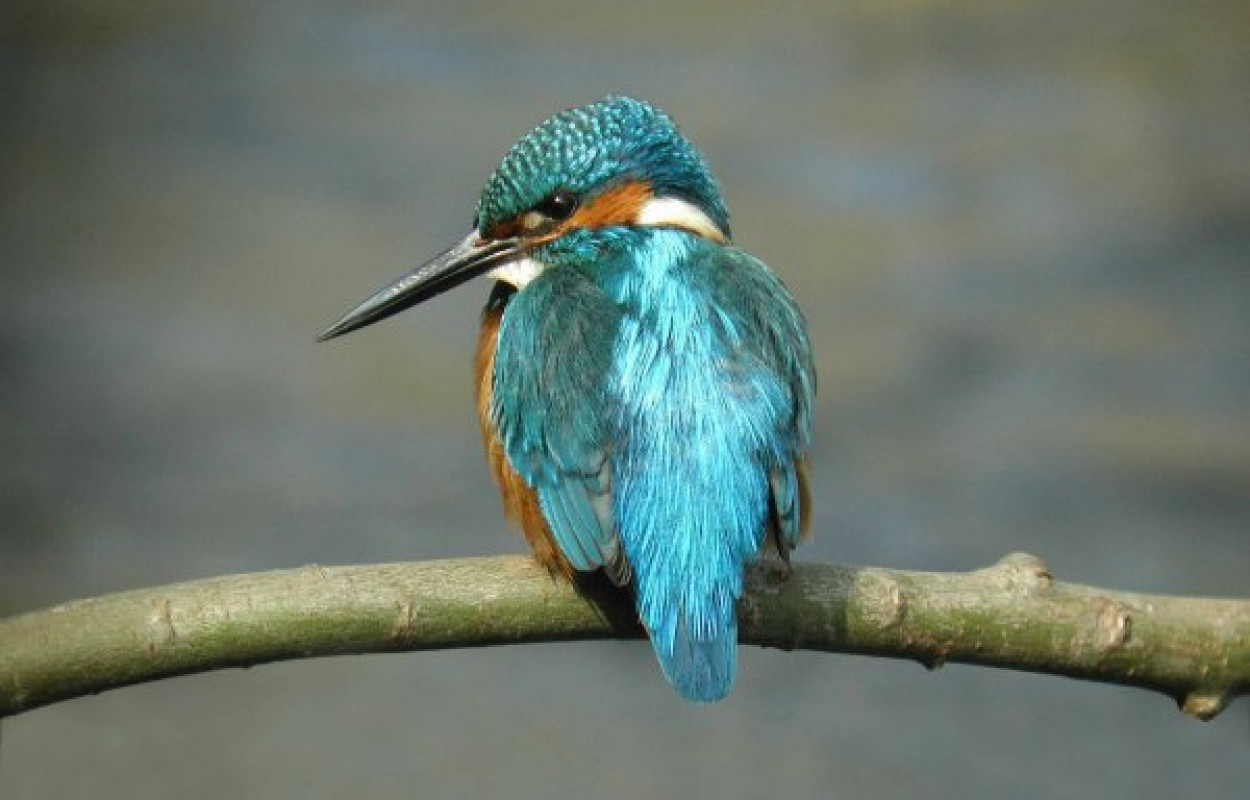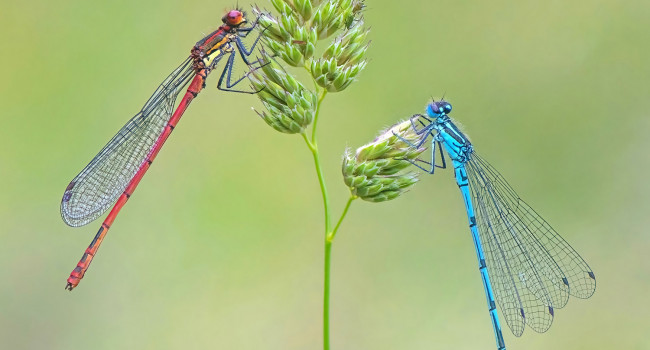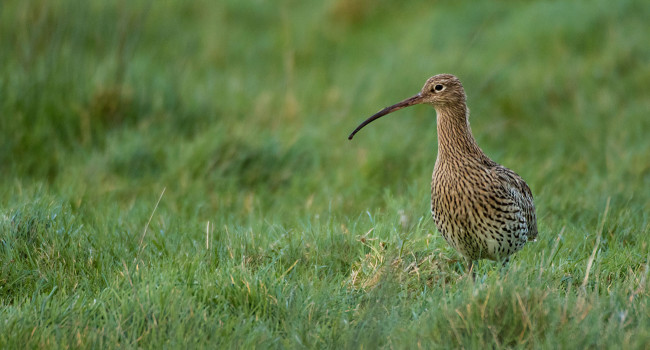Avian community responses to variability in river hydrology

Author(s): Royan, A., Hannah, D.M., Reynolds, S.J., Noble, D.G. & Sadler, J.P.
Published: January 2013
Journal: PLOS ONE Volume: 8 ( part 12 )
Article No.: e83221
Digital Identifier No. (DOI): 10.1371/journal.pone.0083221
Research by the University of Birmingham and the BTO used data from the Waterways Breeding Bird Survey and the National River Flow Archive to show how the occurrence of river birds is influenced by the magnitude and timing as well as variation (i.e. extreme events) in river flow. Flow affects aquatic communities of invertebrates that birds consume, through changes in velocity, depth, temperature, turbidity and nutrient availability. Such influences on the lower trophic levels have implications for the whole food web, with consequences for river birds in terms of survival and breeding success.
Data from 17 river birds were analysed to show that species associated with upland environments (e.g. Grey Wagtail) had a higher probability of occurrence with high flows, while those that forage within aquatic macrophytes (e.g. Coot) preferred stability in low flows, perhaps because an undisturbed substrate promotes greater plant diversity and growth. Species that predominantly forage at river margins (e.g. Lapwing) benefitted from variability in low flows, possibly because this increases the availability of foraging habitat. Dipper, which typically feeds in river channels, also favoured variability in low flows, which may indicate a propensity for this species to forage opportunistically outside breeding territories when marginal habitats are exposed. Flow timing, especially in spring, was important for diving species (e.g. Great Crested Grebe) and bank-nesting species (e.g. Kingfisher). Bank-nesting species may be vulnerable to flow variability during the breeding season, as nest sites on marginal habitats are prone to flooding, but benefit from annual high flows that create suitable breeding habitat of exposed sediment banks.
River systems are vulnerable to climate change. Current models predict that river flows in the UK will have altered considerably by 2050, with decreases in summer flows and increases in winter flows. This research helps suggest how bird communities might respond to a climate change-induced shift in river flows and highlights which species will be at risk if the predicted increase in the intensity of floods and droughts comes about.
Notes
The WBBS, an annual volunteer-based survey of birds along riverine transects organised by the BTO has been in operation since 1998, funded in the main by the Environment Agency and BTO.







Share this page